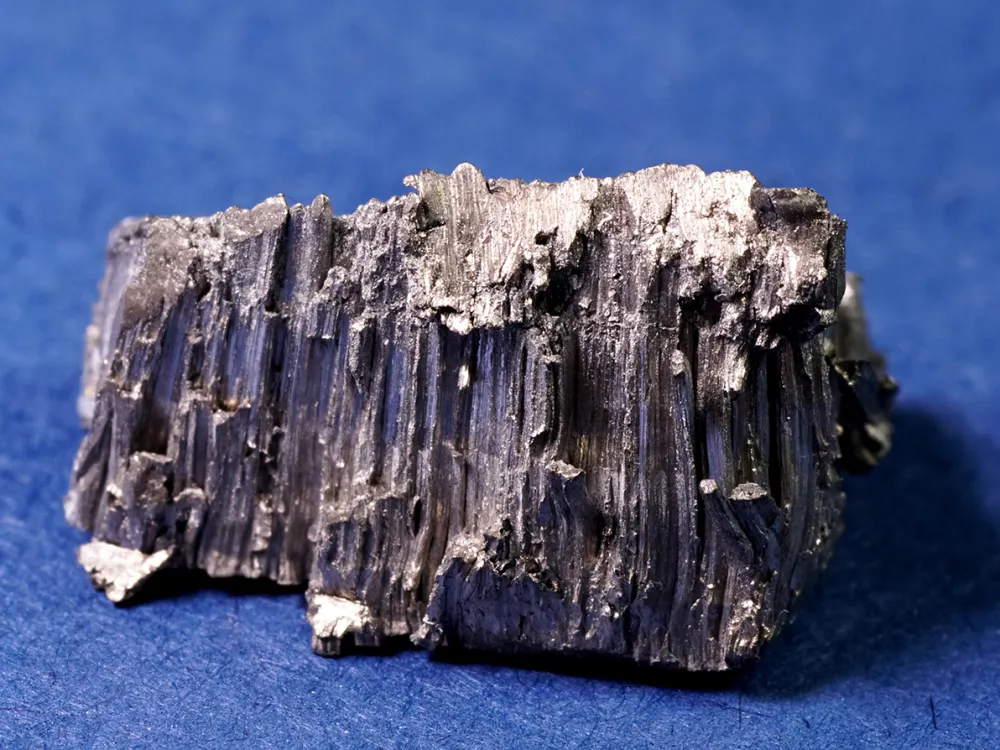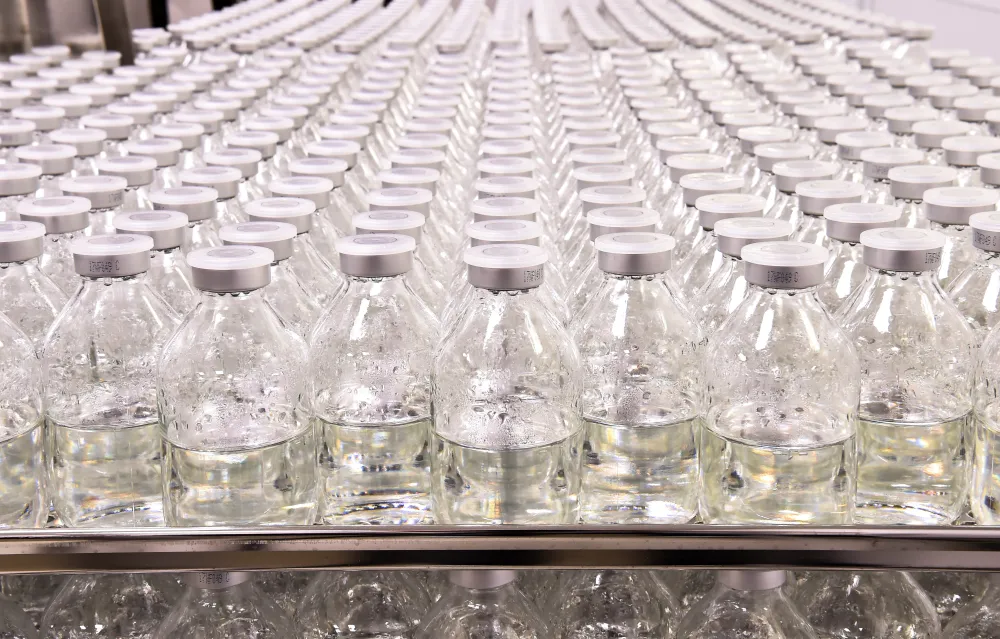
ARTICLE
CONTRAST AGENTS: UNMET NEEDS & INNOVATIONS
Although several metal-based agents have been explored over the years, gadolinium-based contrast agents (GBCAs) have come to dominate the contrast-enhanced MRI (CE-MRI) market since their introduction in the late 1980s.1,2

INFOGRAPHIC
INNOVATIONS IN MRI ENHANCEMENT1
Areas for innovation in MRI enhancement include metalbased and metal- free contrast media, as well as technological advances that could require no contrast agent at all.
1- Minton LE, Pandit R, Willoughby WR, Porter KK. The future of magnetic resonance imaging contrast agents. Appl Radiol. 2022:7-11.

ARTICLE
REASONS FOR REDUCING THE DOSE OF GADOLINIUM (GD), NOW AND IN THE FUTURE
Since their introduction in 1988, Gd-based contrast agents have been used in hundreds of millions of patients.1,2 But with the emergence of rare but potentially severe side effects, efforts have been undertaken to optimize patient safety.2,3 These are outlined here.

Video
STABILITY OF YOUR MRI CONTRAST AGENTS
Gadolinium-based contrast agents (GBCAs) used in magnetic resonance imaging (MRI) comprise a gadolinium ion (Gd3 ) bound to an organic ligand to form a chelate. The structure of each chelate confers unique characteristics to that GBCA depending on whether it is linear or macrocyclic and ionic or non-ionic. The chelate structure actually impacts the size and stability of the complex, as well as its distribution and elimination.

VIDEO
RELAXIVITY OF YOUR MRI CONTRAST AGENTS
Magnetic resonance imaging (MRI) gadolinium based contrast agents (GBCAs) are characterized by their relaxivity which is a key feature to improve the contrast of MRI images. Relaxivity depends on several factors such as the molecular structure of the GBCA, its molecular size and the interactions of surrounding water protons with the Gadolinium ion included in the molecule.

ARTICLE
CHALLENGES OF DRUG MANUFACTURING
Although the challenges of bringing a new pharmaceutical product to market are well known, what is sometimes surprising is that manufacturing pharmaceutical products at a commercial scale is not always the easy part.
Read the article to learn more on the challenges of drug manufacturing.

VIDEO
MAKING DRUGS IS NOT AS EASY AS YOU MIGHT THINK
Although the challenges of bringing a new pharmaceutical product to market are well known, what is sometimes surprising is that manufacturing pharmaceutical products at a commercial scale is not always the easy part.
Sit down with Mohammed Ouchen, CDMO & Operational Medical Devices Director and former Industrial Project Manager at Guerbet, to hear a story of constant improvement in production processes.

VIDEO
SUMMONING THE FUTURE OF MRI AT GUERBET
Hear from Sarah Catoen, Global Discovery Director at Guerbet, about how Guerbet is helping to advance the state of the art.
References
- Viard A, Eustache F, Segobin S. History of magnetic resonance imaging: a trip down memory lane. Neuroscience. 2021;474:3-13.
- de Haën C. Conception of the first magnetic resonance imaging contrast agents: a brief history. Top Magn Reson Imaging. 2001;12(4):221-230.
- Forcinio H. Innovations meet growing demand for prefilled syringes. BioPharm Int. 2021;36:32-35.
- Börnert P and Norris DG. A half-century of innovation in technology—preparing MRI for the 21st century. Br J Radiol. 2020;93(1111):20200113.
- Ai T, Morelli JN, Hu X, et al. A historical overview of magnetic resonance imaging, focusing on technological innovations. Invest Radiol. 2012;47:725-741.
- López-Sánchez J, Santos-Vijande ML. Key capabilities for frugal innovation in developed economies: insights into the current transition towards sustainability. Sustain Sci. 2022:1-17.
- Liu Y, Leong ATL, Zhao Y, et al. A low-cost and shielding-free ultra-low-field brain MRI scanner. Nat Commun. 2021;12(1):7238.
